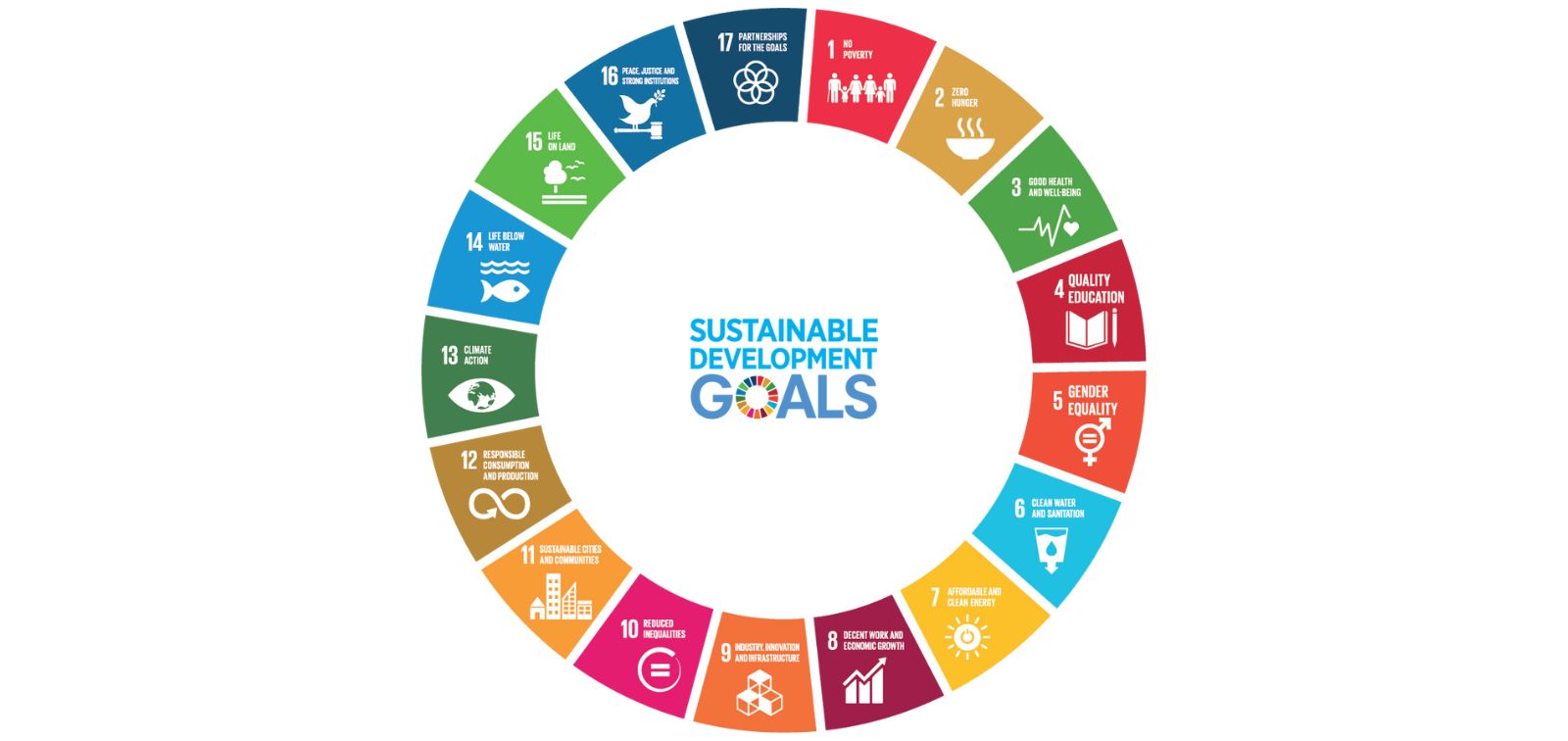According to a recent study published in The Lancet, India is falling short of meeting 19 of the 33 Sustainable Development Goals (SDGs) indicators. Access to basic services, wasting and overweight children, anaemia, child marriage, partner violence, tobacco use, and modern contraceptive use are all critical off-target indicators.

Analysis
- On-Target: Districts that did not meet the SDG target by 2021 but saw enough improvement between 2016 and 2021 to meet the target by 2030.
- Off-Target: Districts that did not meet the SDG target by 2021 and either saw a worsening or an insufficient magnitude of improvement between 2016 and 2021. If either of these trends continues, these districts will fall short of their targets by 2030.
- Indicators show progress in reducing adolescent pregnancy, tobacco use in women, multidimensional poverty, teen sexual violence, and improving access to electricity.
- Areas where more effort is required: More efforts are required to reduce anaemia in women, improve access to basic services, provide women with health insurance, and reduce anaemia in pregnant women.
Goals for Sustainable Development (SDGs)
- The Sustainable Development Goals, also known as the Global Goals, are a universal call to action to end poverty, protect the environment, and ensure that all people live in peace and prosperity.
- The United Nations adopted the SDGs in 2015 with the goal of creating a better and more sustainable future for all. As part of the 2030 Agenda for Sustainable Development, the 17 SDGs went into effect on January 1, 2016.
- India is one of the signatory countries that has pledged to meet these targets by 2030.
- Though not legally binding, the SDGs have de facto become international obligations and have the potential to reorient countries’ domestic spending priorities over the next fifteen years.
- Countries are expected to take ownership of these goals and establish a national framework for achieving them.
Targets set for each of the SDGs
- No Poverty: By 2030, end extreme poverty for all people worldwide, which is currently defined as people living on less than $1.25 per day.
- Zero Hunger: By 2030, end hunger and ensure that all people, particularly the poor and those in vulnerable situations, including infants, have year-round access to safe, nutritious, and sufficient food.
- Quality Education: Ensure that all girls and boys complete free, equitable, and high-quality primary and secondary education by 2030, resulting in relevant and effective learning outcomes.
- Gender Parity: Put an end to all forms of discrimination, violence, and harmful practises directed at women and girls everywhere. Ensure women’s full and effective participation in political, economic, and public life, as well as equal opportunities for leadership at all levels of decision-making.
So far, India’s progress towards achieving the SDGs
- SDG 1 (Zero Poverty): India has made significant strides in poverty reduction, with the poverty rate falling from 21.9% in 2011-12 to 4.4% in 2020. This progress has been aided by the government’s efforts to provide financial inclusion and social protection schemes.
- SDG 2 (Zero Hunger): India has made strides in reducing hunger, with the prevalence of malnutrition falling from 17.3% in 2004-06 to 14% in 2017-19. This progress has been aided by government initiatives such as the National Food Security Act and the Pradhan Mantri Garib Kalyan Anna Yojana.
- SDG 3 (Good Health and Well-Being): India has made strides in maternal and child health, with the maternal mortality ratio falling from 167 per 100,000 live births in 2011-13 to 113 in 2016-18. This progress has been aided by the government’s efforts to strengthen health systems and increase access to healthcare services.
- SDG 4 (Quality Education): India has made strides in improving access to education, with the gross enrolment ratio for primary school rising from 93.4% in 2014-15 to 94.3% in 2019-20. This progress has been aided by government initiatives such as the Sarva Shiksha Abhiyan and the Right to Education Act.
- SDG 5 (Gender Equality): India has made strides towards gender equality, with the sex ratio at birth rising from 918 in 2011 to 934 in 2020.
- This progress has been aided by government initiatives such as Beti Bachao Beti Padhao and the Maternity Benefit Programme.
According to the National Family Health Survey:
- Multidimensional poverty has decreased: From 2005 to 2011, the compounded annual average rate was 4.8 percent per year, and from 2011 to 2021, the rate was 10.3 percent per year.
- Declining child mortality: While there are some issues with the 2011 child-mortality data, the rate of decline in 2011-2021 for each of the MPI index’s ten components is significantly faster than in 2005-2011.
- Average decline in overall indicators: The average equally weighted decline for nine indicators was 1.9 percent per year from 2005 to 2011, and 16.6 percent per year from 2011 to 2021, which is more than eight times higher.
- Consumption inequality is decreasing: Every single household survey or analysis has revealed that consumption inequality is decreasing between 2011 and 2021. This is consistent with the previously stated finding of highly inclusive growth from 2011 to 2021.
@the end
The analysis is a valuable tool for policymakers to address gaps and focus on indicators that require more attention, thereby improving citizens’ well-being and creating a sustainable future for all.
Source: https://dashboards.sdgindex.org/profiles/india
